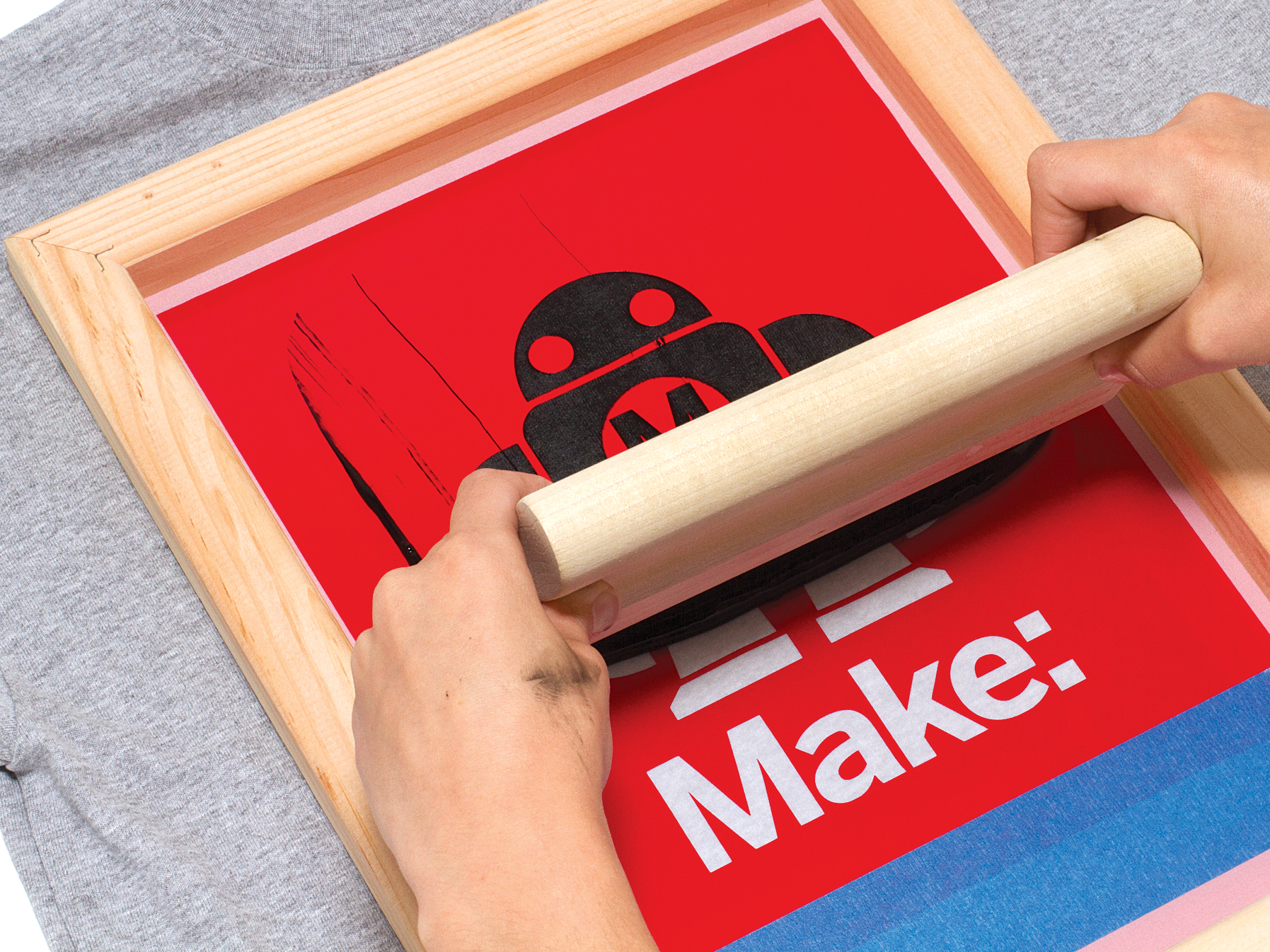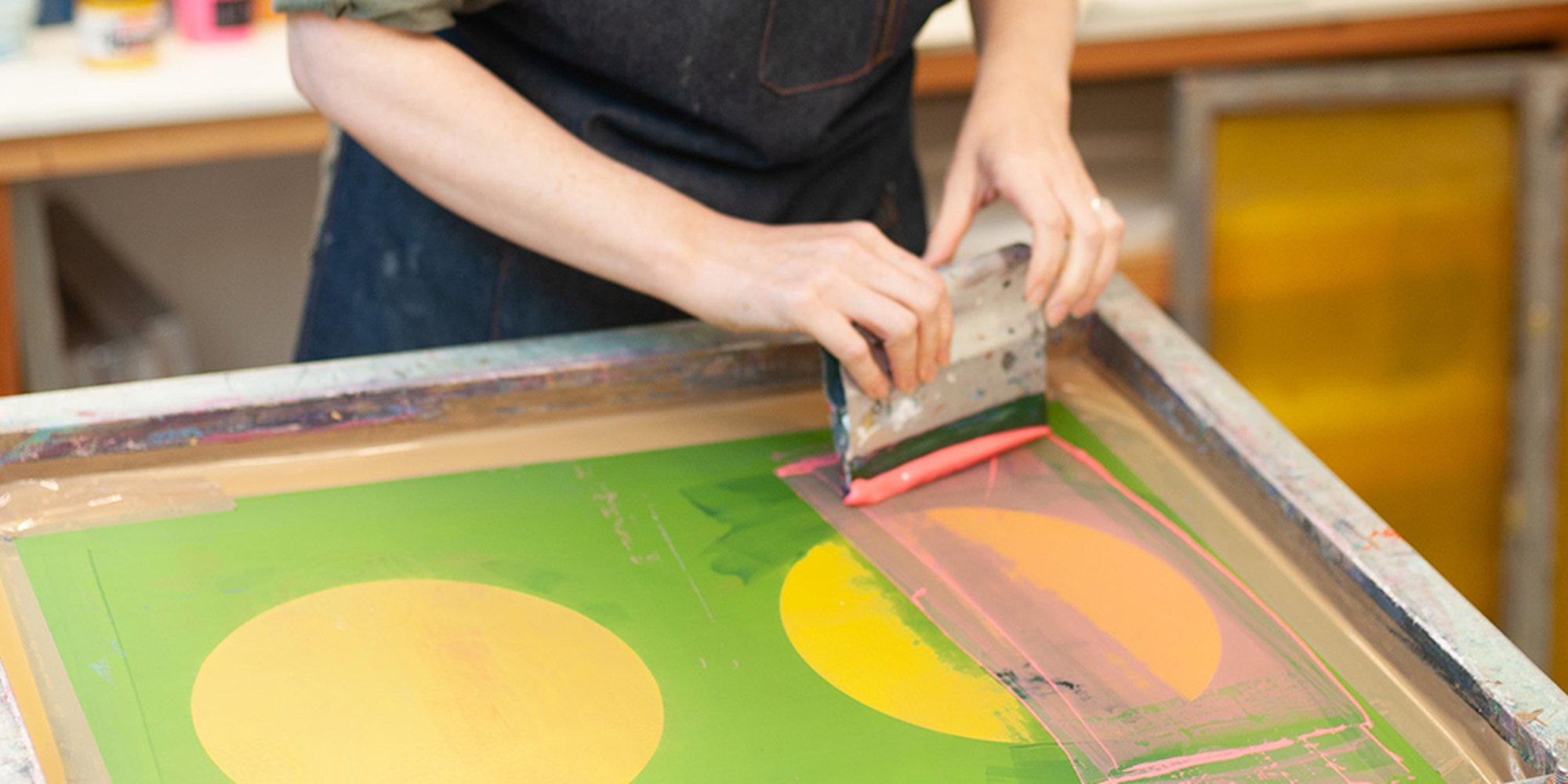ChatGPT said: 10:9 Design Screen Printing Texas: packages explained
The Essential Overview to Understanding Screen Printing and Its Versatile Makes use of
Screen printing has a rich background that dates back to ancient times, advancing into an innovative method made use of across numerous markets today. This overview checks out the details of the screen printing process, describing its applications in home, marketing, and style design - 10:9 Design Company. Comprehending these principles can open up innovative possibility for both commercial and artistic tasks. The following sections will certainly disclose important suggestions and strategies to boost one's screen printing endeavors
The History of Screen Printing
Although screen printing has roots that trace back centuries, its development mirrors the artistic and technological improvements of numerous societies. Coming from ancient China, the technique was at first utilized for embellishing textiles and later infect Japan, where it came to be indispensable to Ukiyo-e woodblock printing. The method moved to Europe in the 18th century, where it got appeal among artisans and industrial printers. The creation of picture solution in the 20th century reinvented screen printing, permitting even more complex layouts and higher performance. Musicians like Andy Warhol further pushed its popularity, utilizing the medium to create renowned jobs that blended commercialism and art. By the late 20th century, screen printing had actually developed itself as a functional technique, utilized in vogue, marketing, and art. Today, it remains to evolve, integrating electronic modern technology and broadening its applications throughout different industries.
The Screen Printing Refine Explained
Screen printing transforms creative visions into substantial styles through a collection of exact steps. Originally, a picture is produced and afterwards moved onto a screen, generally constructed from great mesh material stretched over a framework. A light-sensitive emulsion is related to the screen, which is exposed to light, setting in areas not covered by the picture. After rinsing the unhardened solution, a stencil is developed.
Next off, the screen is put over the substratum, whether it be material, paper, or an additional material. Ink is after that pushed with the open areas of the pattern using a squeegee, depositing the layout onto the substrate listed below. This process can be duplicated for multiple shades, requiring different screens for each color. The printed item is treated making use of heat to assure the ink sticks correctly, resulting in a long lasting, dynamic style all set for use.
Kinds of Screen Printing Techniques

Furthermore, specialty techniques, such as discharge screen printing, eliminate dye from the textile to create softer prints, while aluminum foil screen printing applies metal aluminum foil to accomplish a glossy finish (10:9 Design LLC Company). Each strategy offers unique attributes, dealing with numerous creative requirements and manufacturing ranges, ultimately broadening the opportunities within the screen printing domain
Applications of Screen Printing in Different Industries

In addition, the signage and marketing fields utilize screen printing for producing attractive screens and banners. This approach allows for bold shades and intricate styles that record attention. In electronics, screen printing is utilized for using conductive inks to motherboard, important for element connections. In addition, the home design market accepts screen printing to generate distinctive styles on fabrics and wall surface art. Generally, screen printing acts as an essential device throughout diverse fields, enhancing products with personalized and visually appealing graphics.
Tips for Successful Screen Printing Projects
While carrying out a screen printing project, careful interest to detail can significantly improve the final result. Selecting top notch materials is vital; this includes the screen, inks, and substratums. Making use of ideal mesh matters can affect ink deposition and detail resolution. Prep work is similarly crucial; comprehensive cleansing of screens and correct exposure times assure crisp prints.
Next, exact registration is important for multi-color prints. Using alignment devices Your Domain Name can aid attain exact layering. Furthermore, testing prints on scrap materials before manufacturing aids recognize prospective issues without wasting sources.

Regularly Asked Inquiries
What Products Are Ideal for Screen Printing on Textile?
Cotton and polyester blends are excellent for screen printing on textile due to their resilience and ink absorption. Additionally, specialty fabrics like silk or canvas can produce distinct textures and finishes, boosting the general style high quality.
How Do I Clean and Maintain Screen Printing Tools?
To cleanse and preserve screen printing equipment, one need to consistently clean screens with suitable solvents, examine squeegees for wear, lubricate relocating components, and store all items in a completely dry, dust-free atmosphere to extend their lifespan.
What Are the Ecological Influences of Screen Printing?
Screen printing can have substantial ecological influences, consisting of chemical waste from solvents and inks, water usage throughout cleansing processes, and power usage. Sustainable techniques and green materials are important for reducing these adverse results.
Can Screen Printing Be Done at Home Effectively?
Screen printing can be successfully done at home with the best products and techniques. Enthusiasts can develop high quality prints, though success relies on their skill degree, tools, and understanding of the process entailed.
What Are the Costs Connected With Beginning a Screen Printing Service?

Beginning a screen printing organization involves costs for devices, products, and work space. First expenses usually vary from a couple of hundred to numerous thousand bucks, depending on the scale, quality of machinery, and preferred try here production capability.
Screen printing has an abundant background that dates back to old times, progressing Read Full Article right into an innovative strategy made use of throughout numerous sectors today. An additional strategy, rotating screen printing, uses round displays, promoting continuous printing on textile rolls, thereby enhancing efficiency for large-scale productions. Additionally, specialty strategies, such as discharge screen printing, remove color from the textile to develop softer prints, while aluminum foil screen printing uses metal aluminum foil to accomplish a glossy surface. In the fashion industry, screen printing is widely utilized to produce dynamic designs on garments, making it possible for brand names to showcase their unique styles. Cotton and polyester blends are ideal for screen printing on fabric due to their resilience and ink absorption.